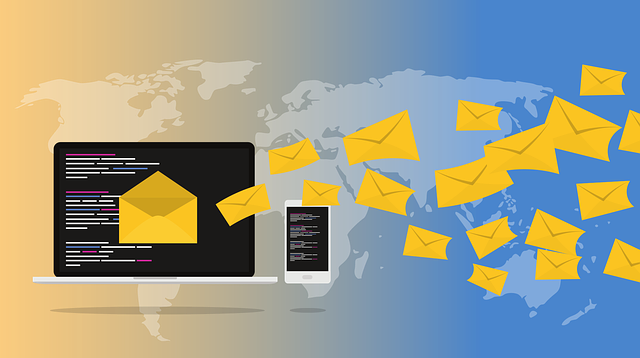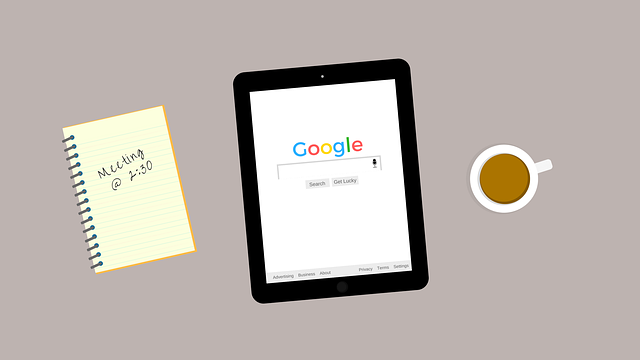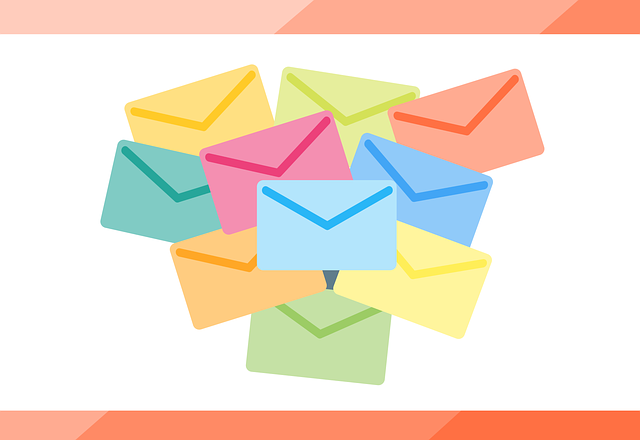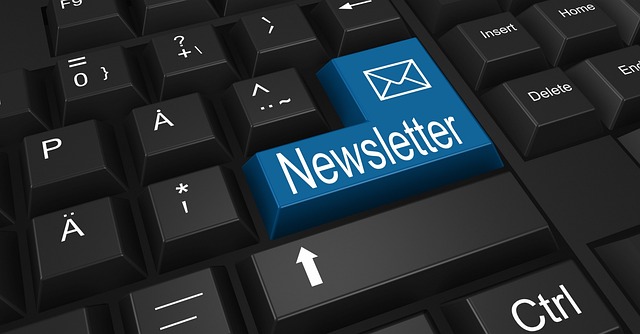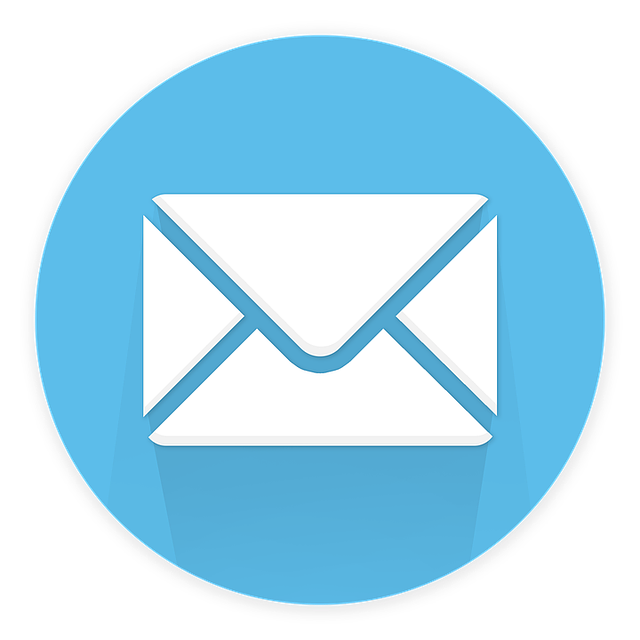Picture this: you’re at a crowded party, trying to introduce a new product to a room full of potential customers. You know that your success depends on reaching the right people, capturing their attention, and ultimately persuading them to take action. In today’s digital age, two powerful marketing tools stand out: email marketing and SMS marketing. But which one is more effective for product launches?
In this article, we will delve into the world of email marketing and SMS marketing, comparing their effectiveness in terms of targeting and reach, open rates and engagement, cost-effectiveness, conversion rates, timing and delivery, and regulatory considerations. By analyzing data and adopting a strategic approach, we will uncover the strengths and weaknesses of each method, providing you with the insights needed to make an informed decision for your next product launch.
So, whether you’re a seasoned marketer looking to revamp your strategies or a budding entrepreneur ready to make your mark, join us as we embark on a journey to discover which marketing channel reigns supreme in the realm of product launches.
Key Takeaways
- Email marketing allows for audience segmentation and personalized automation, leading to higher transaction and conversion rates.
- SMS marketing enables targeted messaging directly to customers’ mobile devices, with higher open and engagement rates.
- Both methods have their strengths and weaknesses, and a strategic approach is crucial for making an informed decision.
- Compliance with data protection laws and obtaining proper consent is important for both email and SMS marketing to avoid legal issues and maintain a positive brand image.
Targeting and Reach
You can easily broaden your reach and target a larger audience through email marketing or SMS marketing, allowing your product launch to ripple through the digital landscape like a wave of excitement.
Both email marketing and SMS marketing offer effective ways to segment your audience and deliver personalized messaging. With email marketing, you can divide your subscribers into specific groups based on demographics, interests, or past purchasing behavior. This allows you to tailor your message to each segment, increasing the likelihood of engagement and conversion.
Similarly, SMS marketing enables you to send targeted messages directly to your customers’ mobile devices, ensuring a higher chance of engagement. By leveraging audience segmentation and personalized messaging, you can optimize your product launch for maximum impact.
Now, let’s explore how open rates and engagement play a crucial role in determining the effectiveness of email marketing and SMS marketing.
Open Rates and Engagement
When it comes to getting people excited and interested in your new offering, it’s all about the open rates and engagement. To maximize the effectiveness of your product launch, consider these four key factors:
-
A/B testing: Experiment with different subject lines and content to determine which emails or SMS messages generate higher open rates and engagement. Analyze the data to refine your approach and improve results.
-
Personalization techniques: Tailor your emails or SMS messages to address recipients by name and include relevant details based on their preferences or previous interactions. Personalization can significantly increase open rates and engagement.
-
Timing: Test different days and times to identify when your target audience is most likely to engage with your messages. Send emails or SMS messages at optimal times to improve open rates and overall response.
-
Call-to-action: Craft compelling and clear calls-to-action that prompt recipients to take the desired action. Experiment with different wording and placement to optimize engagement.
By implementing these strategies, you can enhance open rates and engagement for your product launch.
Moving on to the next section about cost-effectiveness, it’s important to consider the financial aspect of email marketing and SMS marketing.
Cost-effectiveness
Maximizing the bang for your buck, cost-effectiveness is a crucial consideration in ensuring the success of your new offering. When comparing email marketing and SMS marketing for product launches, it is important to analyze the cost comparison and ROI analysis of both strategies.
Email marketing generally has a lower cost per message, as sending emails incurs minimal charges. On the other hand, SMS marketing can be more expensive due to the cost per text message. However, SMS marketing often boasts higher open rates and engagement, which can lead to a higher conversion rate and ultimately a higher return on investment.
To further illustrate the cost-effectiveness of these strategies, consider the following table:
| Marketing Strategy | Cost per Message | Open Rate | Conversion Rate |
|---|---|---|---|
| Email Marketing | $0.01 | 20% | 5% |
| SMS Marketing | $0.05 | 98% | 10% |
As seen in the table, despite the higher cost per message, SMS marketing can generate a higher conversion rate due to its higher open rates. This highlights the importance of considering both cost and effectiveness when choosing between email and SMS marketing.
Transitioning into the next section about conversion rates, it is crucial to analyze this metric to determine the most effective marketing strategy for your product launch.
Conversion Rates
When it comes to conversion rates, email marketing has shown to have higher success rates compared to SMS marketing.
With email marketing, you have the ability to create personalized and targeted campaigns that resonate with your audience, leading to higher conversion rates.
On the other hand, SMS marketing can also yield higher conversion rates due to its direct and immediate nature, as messages are typically read within minutes of being received.
However, it’s important to consider factors such as audience preferences and the type of product being promoted to determine which strategy will be more effective for your specific product launch.
Higher Conversion Rates with Email Marketing
Using email marketing for product launches can lead to higher conversion rates, making it an effective and efficient strategy. By leveraging email personalization and automation, you can tailor your messages to specific target audiences, increasing the likelihood of engagement and conversion.
Personalized emails have been shown to generate 6 times higher transaction rates compared to non-personalized ones, according to a study by Experian. Additionally, email automation allows you to send timely and relevant messages based on customer behavior, further boosting conversion rates.
With automated emails, you can nurture leads, send product recommendations, and remind customers about limited-time offers, enhancing the chances of making a sale. These strategies not only save time and effort but also provide measurable results, helping you track and optimize your campaigns for maximum effectiveness.
Transitioning into the subsequent section about higher conversion rates with SMS marketing, it is important to consider the potential benefits of this alternative approach.
Higher Conversion Rates with SMS Marketing
In the previous subtopic, we explored the higher conversion rates achieved through email marketing. However, it’s important to also consider the effectiveness of SMS marketing for product launches.
With the increasing use of mobile devices, SMS marketing offers a unique opportunity to engage directly with customers. In fact, studies have shown that SMS messages have a higher open and click-through rate compared to emails. Additionally, mobile optimization plays a crucial role in SMS marketing, ensuring that messages are displayed properly on different devices.
Moreover, personalized messaging is another key aspect of SMS marketing, allowing businesses to tailor their messages to individual customers. By leveraging these strategies, businesses can drive higher conversion rates and increase customer engagement.
Now, let’s delve into the next section and explore the impact of timing and delivery on the success of product launches.
Timing and Delivery
When it comes to timing and delivery, SMS marketing offers the advantage of immediate delivery. With SMS, you can instantly reach your audience and ensure that your message is delivered right away.
On the other hand, email marketing allows for scheduled delivery, allowing you to carefully plan and strategize the timing of your message. By scheduling your emails, you can ensure that they’re sent at the most optimal time to maximize open rates and engagement.
Immediate Delivery with SMS Marketing
Right off the bat, let’s dive into the perks of SMS marketing for product launches – it’s like having a virtual salesperson on steroids! With SMS marketing, you have the advantage of real-time communication, allowing you to engage with customers instantly.
This immediate delivery ensures that your message reaches your target audience without delay, increasing the chances of capturing their attention and generating immediate interest in your product. In fact, studies have shown that SMS messages have an open rate of 98%, compared to email’s average open rate of 20%.
This means that SMS marketing can be highly effective in grabbing customers’ attention right when it matters most – during a product launch.
Now, let’s transition into the subsequent section about scheduled delivery with email marketing.
Scheduled Delivery with Email Marketing
With scheduled delivery, you can strategically plan and automate your email campaigns, ensuring that your message reaches your audience at the optimal time for maximum impact. This feature is especially valuable for product launches, as it allows you to build anticipation and excitement leading up to the release.
Here are four reasons why scheduled delivery with email marketing is effective:
-
Personalization options: Email marketing platforms offer various personalization features, allowing you to tailor your messages based on each recipient’s preferences and behavior.
-
Automation capabilities: With automated email campaigns, you can set up a series of emails to be sent at predetermined intervals, ensuring consistent communication with your audience without manual effort.
-
A/B testing: Email marketing allows you to test different subject lines, content, and CTAs to optimize your campaigns and improve conversion rates.
-
Analytics and insights: Email marketing platforms provide detailed analytics on open rates, click-through rates, and conversions, giving you valuable insights to refine your strategy.
Considering the regulatory considerations associated with email marketing, it’s important to comply with data protection laws and obtain proper consent from recipients.
Regulatory Considerations
Although email marketing and SMS marketing have their advantages, it’s important to consider regulatory compliance, such as the TCPA (Telephone Consumer Protection Act) in the United States, which prohibits sending unsolicited text messages without prior consent. When it comes to product launches, understanding the regulatory landscape is crucial to avoid legal issues and maintain a positive brand image. One key aspect to consider is the opt-in requirements for both email and SMS marketing. With email marketing, users typically opt in by subscribing to a newsletter or providing their email address voluntarily. On the other hand, SMS marketing requires explicit consent, often obtained through an opt-in text message or a checkbox on a website. By adhering to these regulations, businesses can ensure that their marketing efforts are compliant and respectful of consumer privacy.
| Regulatory Compliance | Opt-In Requirements |
|---|---|
| TCPA (US) | Prior consent |
| CAN-SPAM (US) | Voluntary |
| CASL (Canada) | Explicit consent |
Frequently Asked Questions
How can I ensure that my email marketing campaigns are reaching the right target audience?
To improve email deliverability and ensure you’re reaching the right target audience, follow these strategic steps.
First, regularly clean your email list by removing inactive or invalid addresses.
Second, segment your audience based on demographics, interests, or past interactions to send tailored content.
Third, personalize your emails by using the recipient’s name and relevant information.
Finally, monitor and analyze email engagement metrics like open rates and click-through rates to optimize your campaigns.
For targeting the right audience for SMS marketing, consider using opt-in lists and leveraging customer data to send relevant and timely messages.
What are some strategies to improve open rates and engagement for SMS marketing?
To improve open rates and engagement for SMS marketing, you can employ effective personalization strategies. Symbolically, treat each text message as a golden key to unlock your customer’s interest.
Utilize data-driven insights to understand your audience’s preferences and behaviors, and tailor your messages accordingly. Experiment with concise and compelling content, enticing offers, and clear calls-to-action. A/B testing can help identify the most effective strategies for improving response rates.
Remember, personalization is key to engaging your audience and driving successful SMS campaigns.
Are there any hidden costs associated with implementing email marketing campaigns?
When implementing email marketing campaigns, there can be hidden costs that need to be considered. These may include expenses for email service providers, email list management software, and email design tools. Additionally, measuring the return on investment (ROI) for email marketing campaigns requires tracking and analysis software.
These costs can vary depending on the size of the campaign and the level of sophistication required. Properly assessing these hidden costs is crucial for strategic decision-making and ensuring a successful email marketing campaign.
Is there a correlation between conversion rates and the type of marketing channel used?
Conversion rate analysis is crucial for evaluating the effectiveness of different marketing channels. One factor that significantly impacts conversion rates is the level of personalization in marketing campaigns. Studies have shown that personalized messages have a higher conversion rate compared to generic ones.
By analyzing conversion rates, marketers can identify which marketing channels, such as email or SMS, are more effective in driving conversions. Implementing personalization strategies can further enhance the conversion rates for both email and SMS marketing campaigns.
What are the best practices for determining the optimal timing and delivery frequency for email and SMS marketing campaigns?
To determine the optimal timing and delivery frequency for email and SMS marketing campaigns, a comparative analysis is essential. Instead of relying on guesswork, it’s crucial to analyze data and metrics to make informed decisions.
By conducting A/B testing and monitoring customer engagement rates, you can identify patterns and trends that indicate the most effective timing and frequency for each channel. This data-driven approach ensures that your campaigns are strategically planned and executed for maximum impact.
Conclusion
In conclusion, when it comes to product launches, both email marketing and SMS marketing have their merits. However, based on the data and analysis, email marketing emerges as the more effective strategy.
With its wider reach, higher open rates, and greater potential for engagement, email marketing proves to be a strategic choice. Not to mention, its cost-effectiveness and ability to drive conversions make it a powerhouse tool for any product launch.
So, if you want to skyrocket your success, email marketing is the way to go – it’s a game-changer!

